Dexcom – hacked
The battery in my Dexcom G4 transmitter finally died, after a bit over a year.
Naturally, the only logical next step was to hack it open and look around — because that’s what guys like me do.
That sucker is built solid. A simple utility knife wouldn’t do the trick. 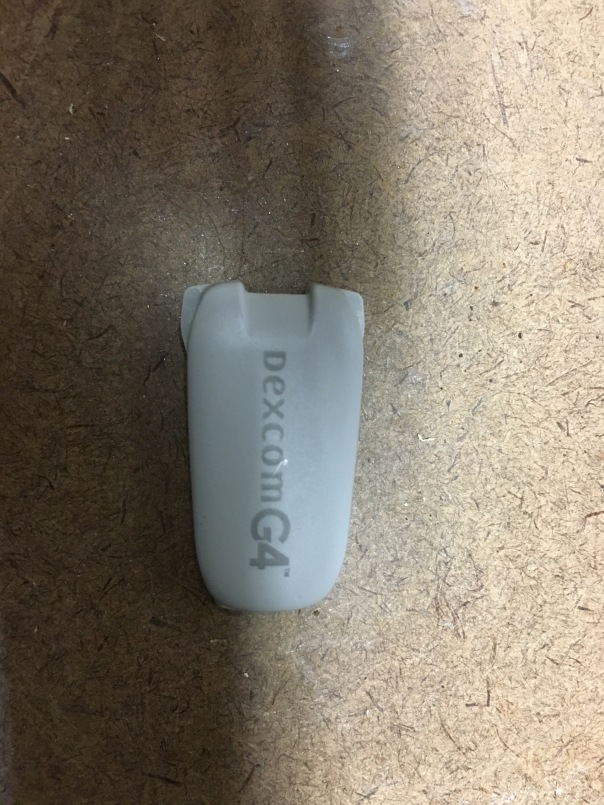
The serial number always made me chuckle. Nothing wrong with adult sophomoric humor. 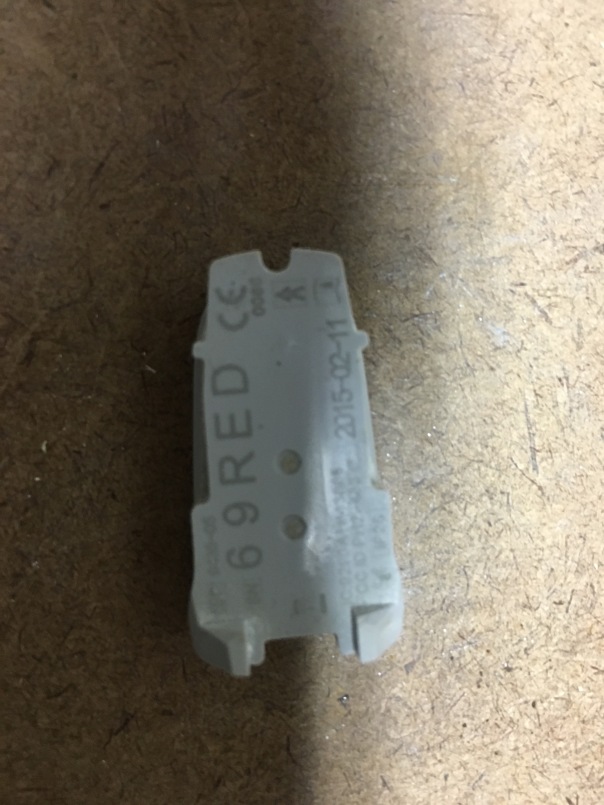
I had to resort to more forceful measures to get it open. 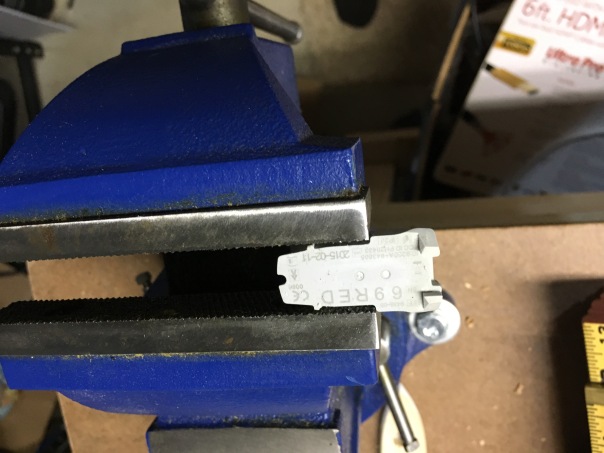
Finally, it started to give way.
Here’s a first glimpse at what’s inside. 
This isn’t just a plastic housing around a hollow core; this thing is solid. It must be injection-molded to fill every nook and cranny inside of the thing.
Two Maxell watch batteries. (Did you know Maxell was still around? I thought they went away with the cassette tape)
I’ve read that some people replace the batteries in their transmitters, then close them up and they keep on going. I can’t imagine how. 
Here’s where the batteries once lived. I suspect that big piece of copper off to the right is the antenna. 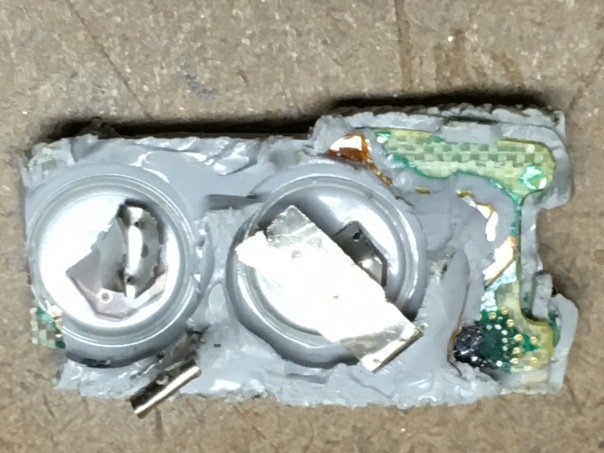
I tried using my trusty, rusty utility knife to lift up the battery housing, but wasn’t too successful. Bits and pieces of Dexcom flew everywhere.
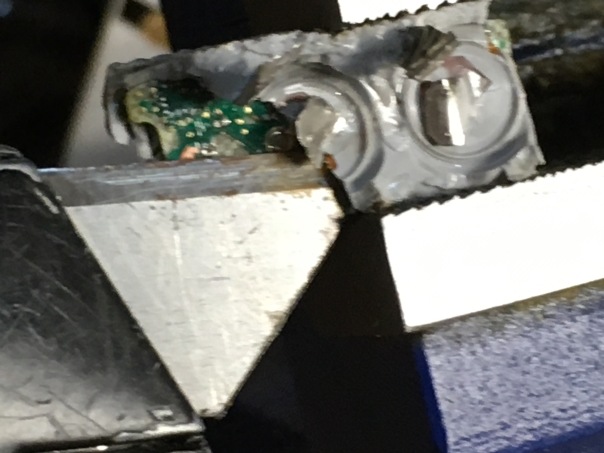
Finally I separated the circuit board from the molded plastic housing. Those two circles are where the transmitter makes contact with the sensor. 
You can see it better in these photos. 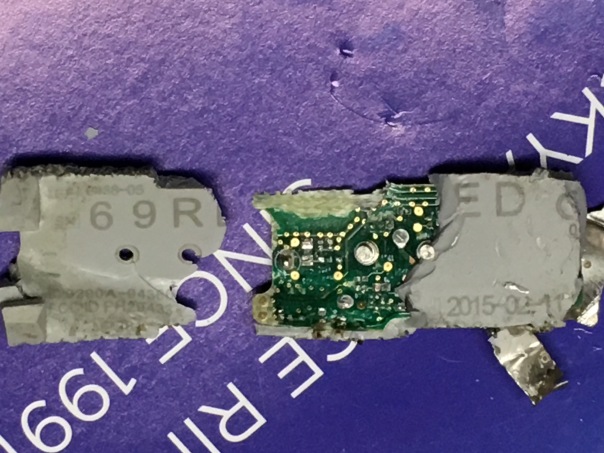
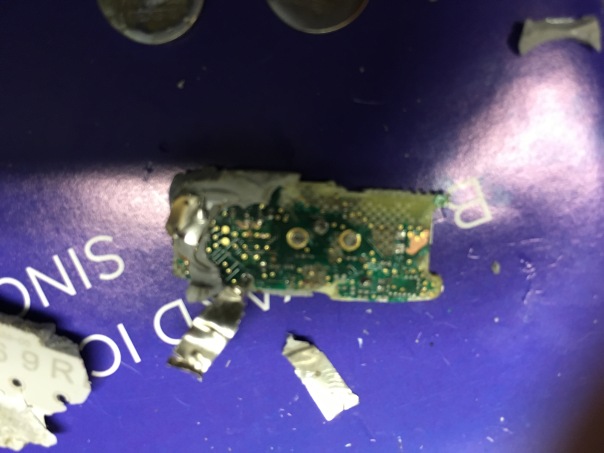
Those batteries, by the way, got only three stars on Amazon.
When new, they measure 1.55 Volts.
Used, one of the batteries measured less than a third of that (the rated 1.55 volts).
The other was far worse. But this tells me that the batteries are placed in parallel, so the second battery extends the transmitter’s lifespan, but doesn’t offer more power. Not a typical configuration, but considering they are neither rechargeable nor replaceable, it makes sense.
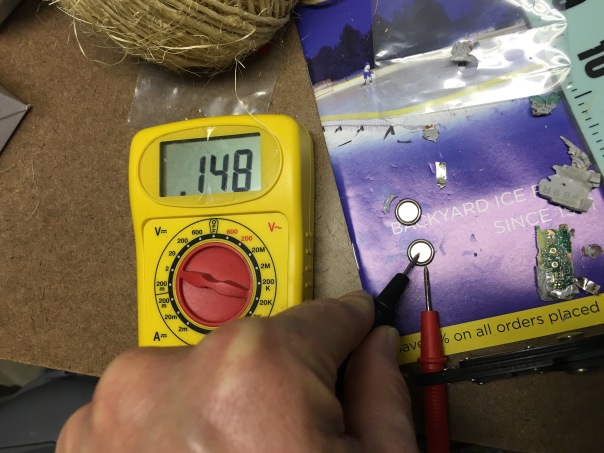
The end.
(This entire post was written on an iPhone, because I was too lazy to copy the photos to a computer. I hope the formatting is OK — apologies if it is not)
Posted on June 4, 2016, in Uncategorized. Bookmark the permalink. 8 Comments.
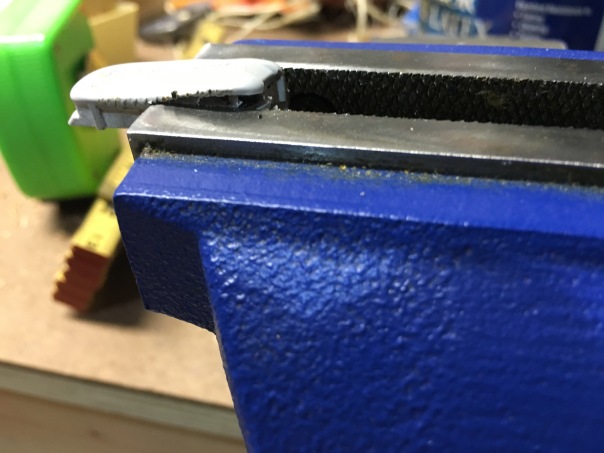
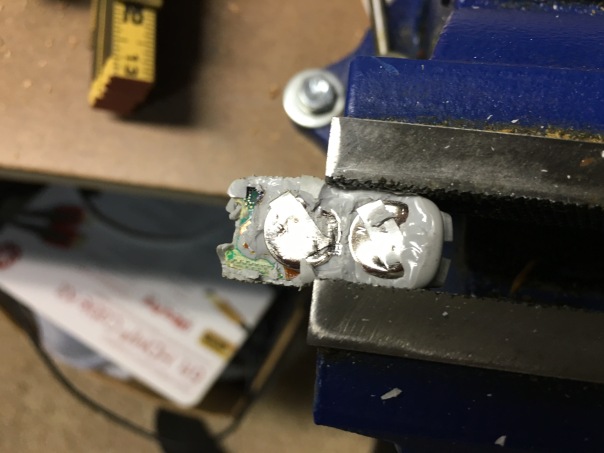

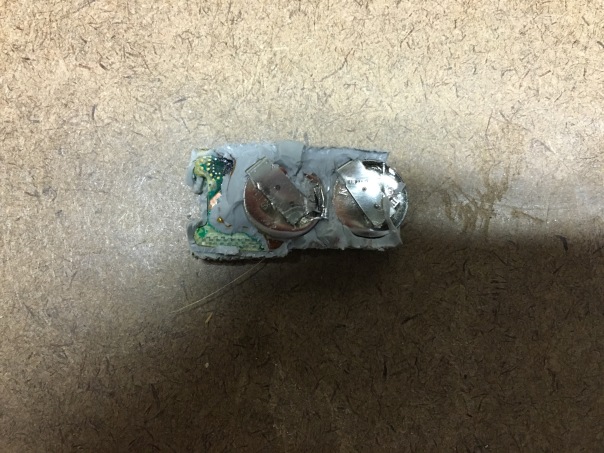



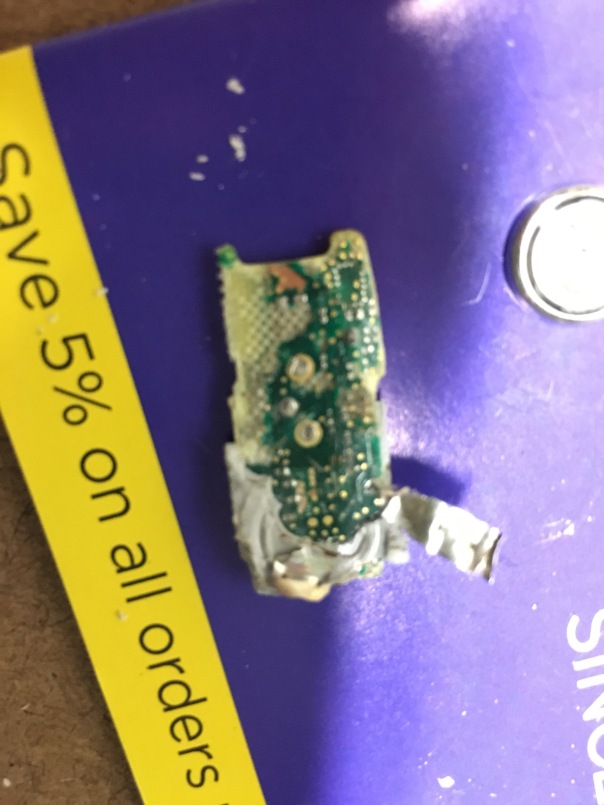

I have nothing to contribute to this discussion but this is SO COOL!
LikeLiked by 2 people
I have always wondered what was in there. Appreciate your time and effort on its direction. As always, thank you for your blog!
LikeLiked by 3 people
Oh my. I probably wouldn’t go past the utility knife stage. Lucky me, I have a type 2.
Thanks for posting this, I’ve enjoyed every word and every image 🙂
LikeLiked by 1 person
If you don’t mind me asking, what were you measuring with that yellow thing, and what’s the name of it? Thanks
LikeLike
I was measuring the voltage of the batteries using a digital multimeter (DMM). The one I have can measure volts, amps (current) or ohms (resistance), but a simple DC voltmeter would do the job. It’s made by Sperry, but there are many manufacturers of these things; Fluke is probably the most well-known.
LikeLike
I realized some of the text may have been hidden in between images. The voltage of a new battery should read 1.55 Volts. I updated the post to make it more apparent.
LikeLike
Fascinating!
LikeLike
I really enjoyed knowing what was insite of the darn thing.
I referred your blog to the TUDiabetes blog page for the week of May 30, 2016.
LikeLike